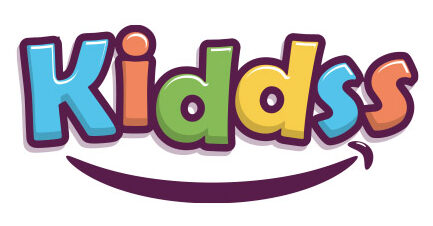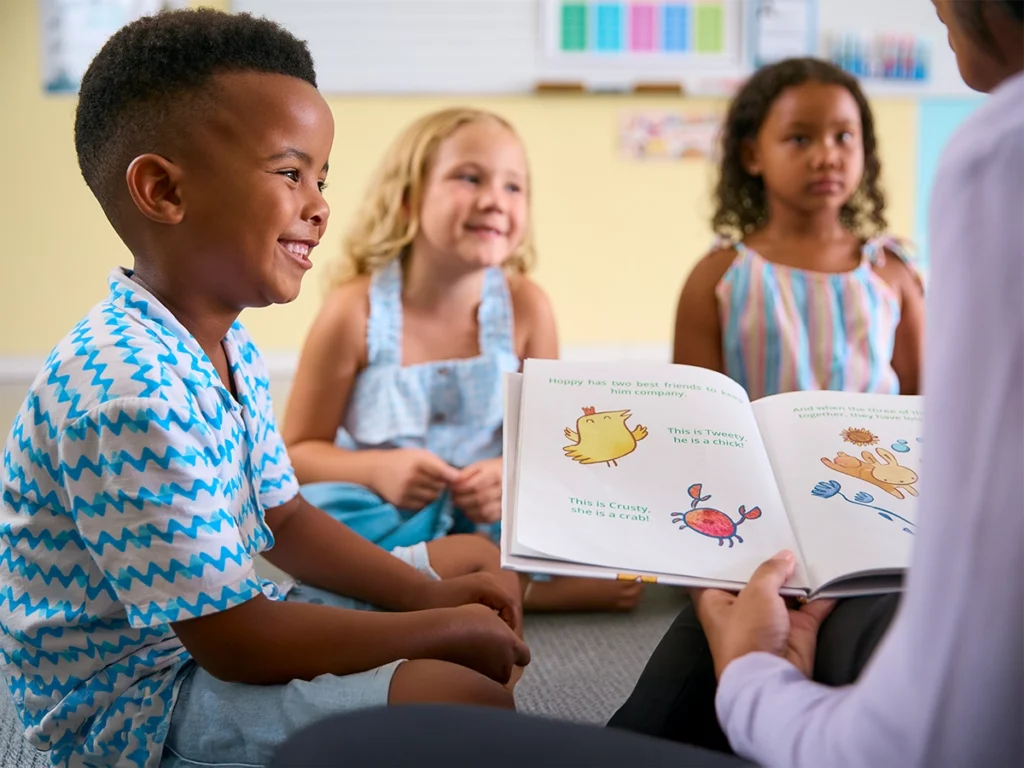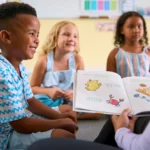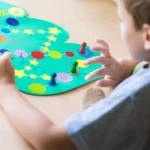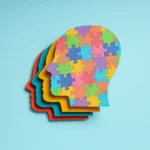Storytime isn’t just a bedtime routine — it’s one of the most powerful tools for child development. Whether it’s a classic like The Three Little Pigs or a silly adventure like Giggle Parade, stories help children make sense of the world, build empathy, and strengthen cognitive abilities.
From traditional fairy tales to modern AI-generated stories, the power of storytelling lies in its ability to spark curiosity and build brain connections.
1. Language and Literacy Growth
Stories expose children to rich vocabulary, sentence structures, and expressive language.
- Children who hear stories regularly often develop stronger listening and comprehension skills.
- Repeating phrases in stories (“Run, run, as fast as you can…”) strengthens memory and phonetic awareness.
- Exposure to storytelling improves reading readiness and verbal fluency.
Even non-readers benefit greatly when they listen to engaging, rhythmic narratives — especially when characters have expressive voices or fun sound effects (like in voice-generated tales from ElevenLabs or YouTube).
2. Emotional Intelligence and Empathy
When kids hear about characters facing challenges, making choices, or expressing emotions, they naturally begin to develop empathy and recognize emotional cues.
- A child who hears the story of The Lion and the Mouse learns that kindness has power.
- Listening to Cinderella’s journey introduces the ideas of hope, resilience, and justice.
- Conflict resolution stories help children handle real-life situations more calmly.
These tales teach not just morals, but emotional literacy — understanding and labeling feelings.
3. Imagination and Creativity
Stories invite children into worlds beyond reality. Whether it’s a chocolate river, a talking animal, or a dancing gingerbread cookie, stories fuel the imagination, which is key for creative thinking.
- Pretend play often mirrors characters or scenes from stories.
- Inventing alternate endings or creating their own tales helps kids develop original thinking.
- Fantasy and make-believe foster flexibility in problem-solving.
These creative brain pathways are also essential in future skills like coding, design, and innovation.
4. Social Skills and Moral Understanding
Fables and fairy tales often include moral lessons, helping children distinguish right from wrong.
- The Ant and the Grasshopper teaches planning and responsibility.
- The Tortoise and the Hare shows the value of perseverance.
- The Bundle of Sticks encourages unity and teamwork.
When shared in groups, storytelling also enhances turn-taking, listening, and respectful communication — all key for social development.
5. Cultural Awareness and Identity
Traditional stories carry cultural values, historical lessons, and community customs. Telling children stories from different parts of the world expands their worldview and builds respect for diversity.
Examples:
- The Monkey and the Crocodile teaches cleverness through a Panchatantra tale.
- The Clever Crow comes from Indian folklore, emphasizing wit over brute strength.
Families can share stories from their own heritage to build pride in cultural identity, while also encouraging curiosity about other traditions.
6. Cognitive and Brain Development
Neuroscience confirms that storytelling activates multiple parts of a child’s brain:
- Auditory processing when listening.
- Visual imagery when imagining scenes.
- Prefrontal cortex activity during moral reasoning and decision-making.
The interactive process of listening and imagining strengthens memory, focus, sequencing, and analytical thinking.
Even better? Storytelling without screens engages imagination more deeply than visual media.
7. Bonding Between Adults and Children
Telling stories isn’t just educational — it’s also deeply relational.
- A parent telling stories to their child builds trust, safety, and connection.
- Teachers who use storytelling often find children more engaged and cooperative.
- Shared storytelling becomes a ritual that nurtures emotional security.
It’s a screen-free, ad-free way to create strong moments of presence and love.
8. Using AI-Generated Stories and Voice Tools
Today’s storytelling can be enhanced through AI voice tools like ElevenLabs or AI-generated story formats. These let you:
- Create custom tales with favorite character names.
- Add voice effects for animals, magic, or action.
- Easily produce audiobooks or story videos with consistency and clarity.
While nothing replaces human warmth, AI tools help creators and parents scale high-quality stories for digital audiences — especially on platforms like YouTube or Spotify.
9. Storytelling Tips for Parents and Educators
Here’s how to make storytelling even more powerful:
- Use different voices for characters.
- Ask your child to predict what happens next.
- Act out stories with toys or puppets.
- Encourage them to draw or retell the story.
- Choose age-appropriate tales with clear morals and fun repetition.
Even 5 minutes of storytelling daily can dramatically boost development — and it’s screen-free and free of cost.
Conclusion
From ancient campfires to modern story apps, storytelling remains a timeless bridge between learning and play. It builds language, imagination, emotion, and human connection. Whether you’re reading from a book, making up tales, or using AI-generated stories, your voice can shape the world your child imagines — and the person they grow up to be.
